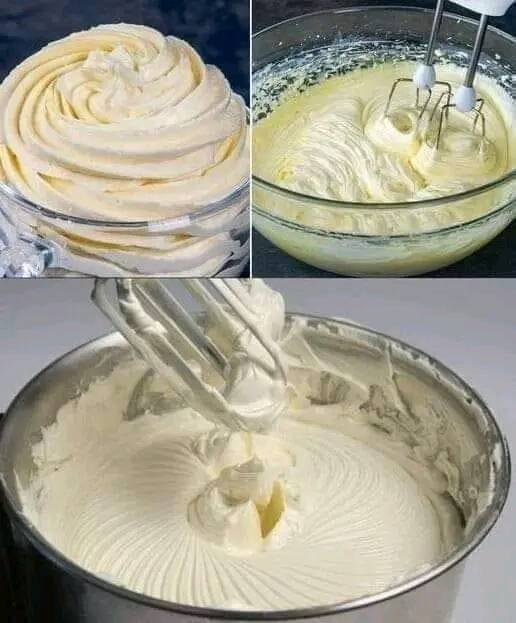
INSTRUCTIONS:
Step 1: Heat the Milk
Begin by pouring the 2 cups of milk into a medium saucepan. If you’re using a vanilla bean, split the bean in half and scrape out the seeds, adding both the seeds and the pod to the milk. Gently heat the milk over medium heat until it starts to simmer, then remove it from the heat and let it steep while you prepare the egg mixture. This allows the vanilla flavor to infuse the milk.
Step 2: Whisk the Egg Yolks, Sugar, and Cornstarch
In a separate mixing bowl, whisk together the egg yolks and sugar until the mixture becomes pale and creamy, about 1-2 minutes. The goal here is to dissolve the sugar and create a smooth base.
Next, whisk in the cornstarch until fully combined. Cornstarch helps to stabilize the custard, ensuring it thickens properly without breaking.
Step 3: Temper the Eggs
To prevent the egg yolks from curdling when added to the hot milk, you’ll need to temper them. Slowly drizzle about ¼ cup of the warm milk into the egg mixture while whisking constantly. This gradually raises the temperature of the eggs without scrambling them.
Once the eggs are tempered, pour the entire mixture back into the saucepan with the remaining milk, whisking continuously.
Step 4: Cook the Pastry Cream
Return the saucepan to medium heat and cook the mixture, stirring constantly with a whisk or wooden spoon. The cream will thicken quickly as it heats. Make sure to keep stirring, especially around the edges of the pan, to prevent the cream from sticking or forming lumps.
After 2-4 minutes, the cream should be thick enough to coat the back of a spoon. It will continue to thicken as it cools.
Step 5: Add Butter and Vanilla
Remove the saucepan from the heat and immediately stir in the unsalted butter and vanilla extract (if using vanilla bean, remove the pod at this stage). The butter adds a silky finish to the cream, while the vanilla enhances its flavor.
Step 6: Strain and Cool
For an ultra-smooth finish, strain the pastry cream through a fine-mesh sieve into a clean bowl. This step ensures that any bits of cooked egg or curdled custard are removed.
Cover the surface of the pastry cream with plastic wrap, pressing it directly onto the cream to prevent a skin from forming. Allow the cream to cool to room temperature, then refrigerate it for at least 2 hours, or until fully chilled.
Tips for Perfect Pastry Cream Every Time
Making pastry cream is all about control and timing. Here are a few key tips to ensure your pastry cream turns out perfectly every time:
- Constant Stirring is Essential: Stirring continuously while cooking prevents lumps and ensures even thickening.
- Cook Over Medium Heat: High heat can cause the cream to curdle or burn. Medium heat ensures gradual thickening and better control.
- Use Cornstarch as a Thickener: While some recipes call for flour, cornstarch gives the cream a lighter texture and faster thickening time.
- Strain for Smoothness: Even if you’ve whisked vigorously, it’s always a good idea to strain your pastry cream to remove any lumps or cooked egg bits.
- Chill Before Using: Pastry cream needs time to set and thicken fully. Make it ahead of time, allowing it to chill for at least a couple of hours in the refrigerator.
- Flavor Variations: Don’t limit yourself to vanilla. You can flavor your pastry cream with anything from chocolate (by adding melted chocolate to the warm mixture) to citrus zest, coffee, or even liqueurs like rum or Grand Marnier.
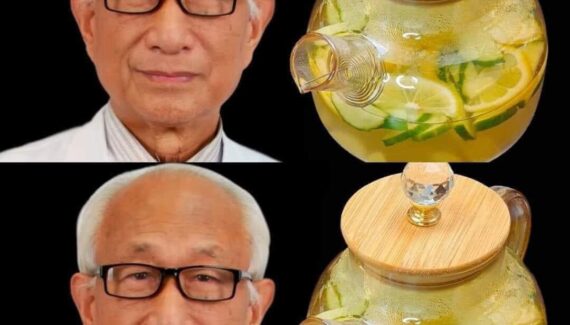



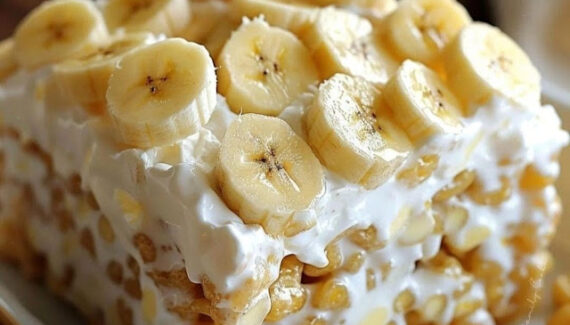

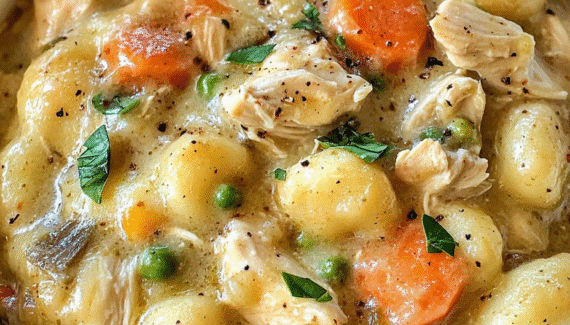
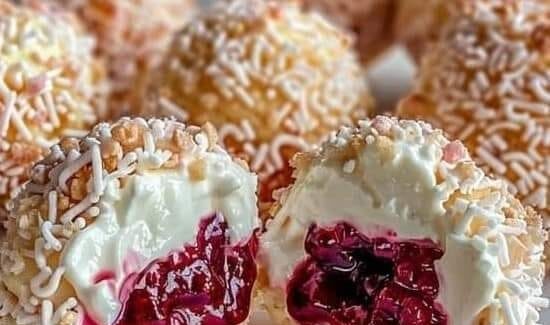
No Responses Yet